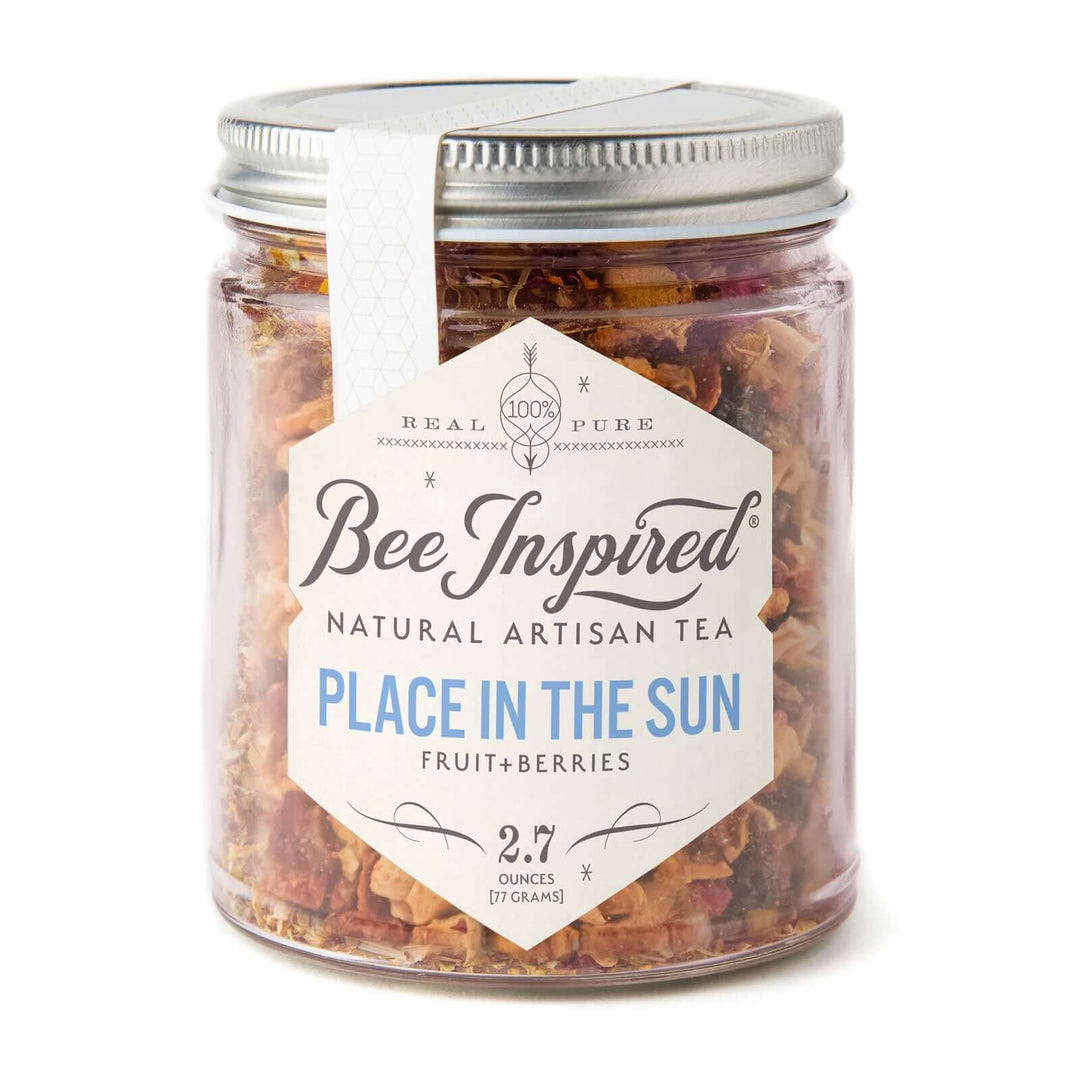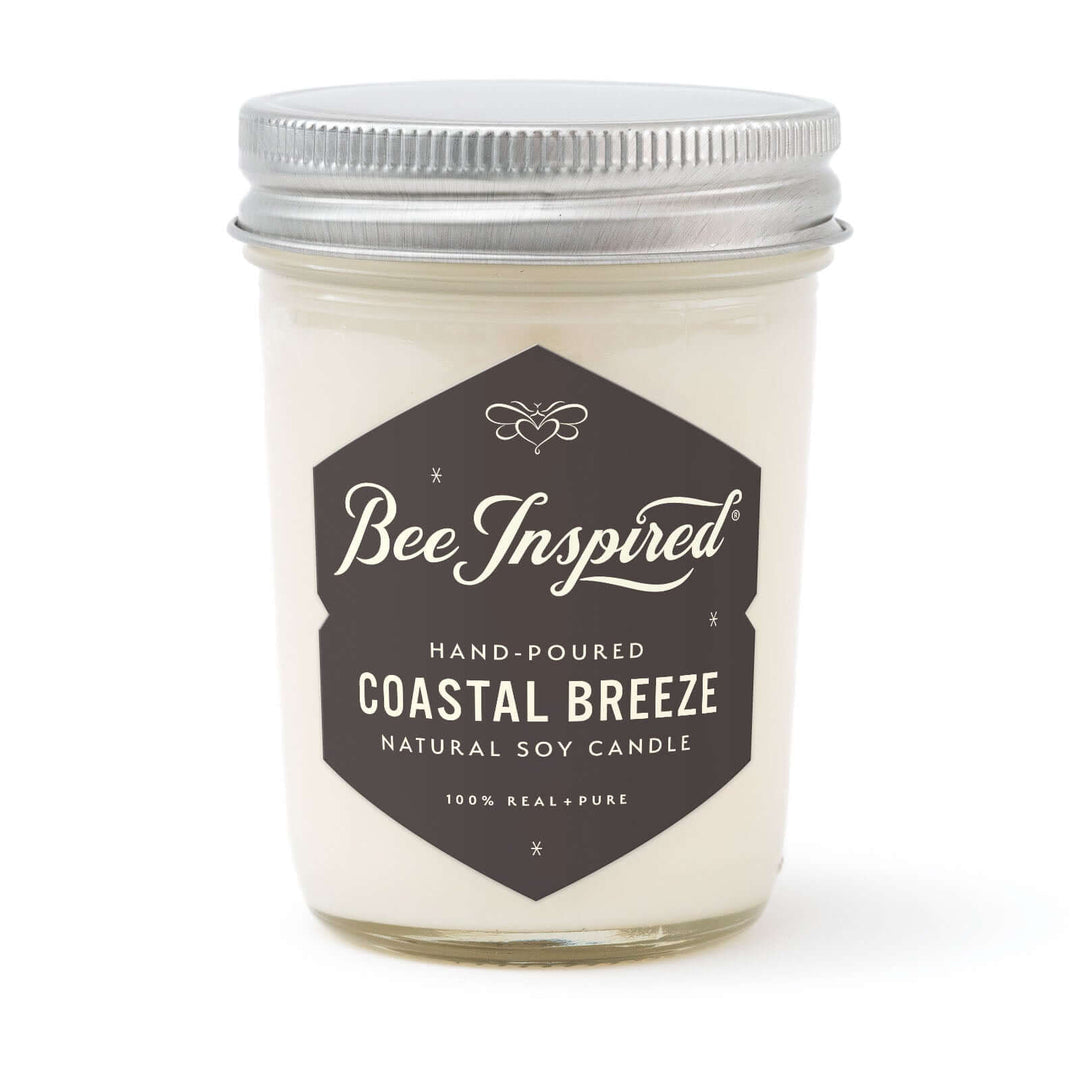My first meeting with the bee inspector for a bee inspection didn’t go the way I thought it would.
It went better.
The bee inspector is on the same schedule as the average repairman (or woman). An appointment for “after 1” meant 4:00pm on a 100 degree day in the middle of the hottest July we’ve had in years along the Chesapeake Bay. I had invited a reporter from The Capital to sit in on the inspection, but she was unable to stay and thus missed the opportunity to interview the bee inspector for her story.
Dean Burroughs has been a Maryland State Apiary Inspector for 26 years across six counties on Maryland’s Eastern Shore. He has 300 hives of his own in Salisbury, a town about an hour and a half east of my farm. He disassembled my first hive, (the one that had been robbed) and started rooting around in the foundation brood box. The bees were very aggressive and angry. He was stung several times on his hand despite the rubber gloves he used for protection. He paid little notice. He found the queen, and noted she was healthy and “doing her job” making babies. He declared the hive was still strong and productive. He shared the brood frame with me and showed me that the bees were storing honey and brood in the brood box, and this will supplement their feeding through winter.

The corners and backside of this frame (see lighter yellow areas) are honey. The deeper orange-yellow is brood 2-9 days old.
He then removed larvae from a few drone cells. Drone cells are easy to identify in the brood since they are much larger than the other cells. If the hive were infested with Varroa mites, the drone cells would be covered in “black specs”. Thankfully, there were none. The monitoring and management of Varroa mites are well documented.

When Dean opened the second hive it was very exciting to see that this hive is now booming. He disassembled the entire hive down to the brood and did the complete inspection. He proclaimed, “These girls are working hard”, and I smiled. In case you didn’t know, worker bees are female. He encouraged me to add a third honey super to the hive, and I did.

These visits are designed to create educational rapport between the state bee inspector and beekeepers like myself. They are opportunities for question and answer sessions with someone with extensive knowledge and experience in beekeeping. He left me his card and invited me to call him with any questions I may have in the future. Hats off to the Maryland Department of Agriculture for providing such a worthwhile service, at no charge.
What I learned:
- Bee inspections are painless except for the expected bee stings and offer another opportunity for education to new beekeepers
- Drone cells stand at least twice as high as other cells
- Varroa mites are a threat to hives in my region
- My hives should turn to face north during the cold months of the year to avoid winds off of the Chesapeake Bay
- There are nine other registered beekeepers in my county
Next post in this series: Winterizing Bees











